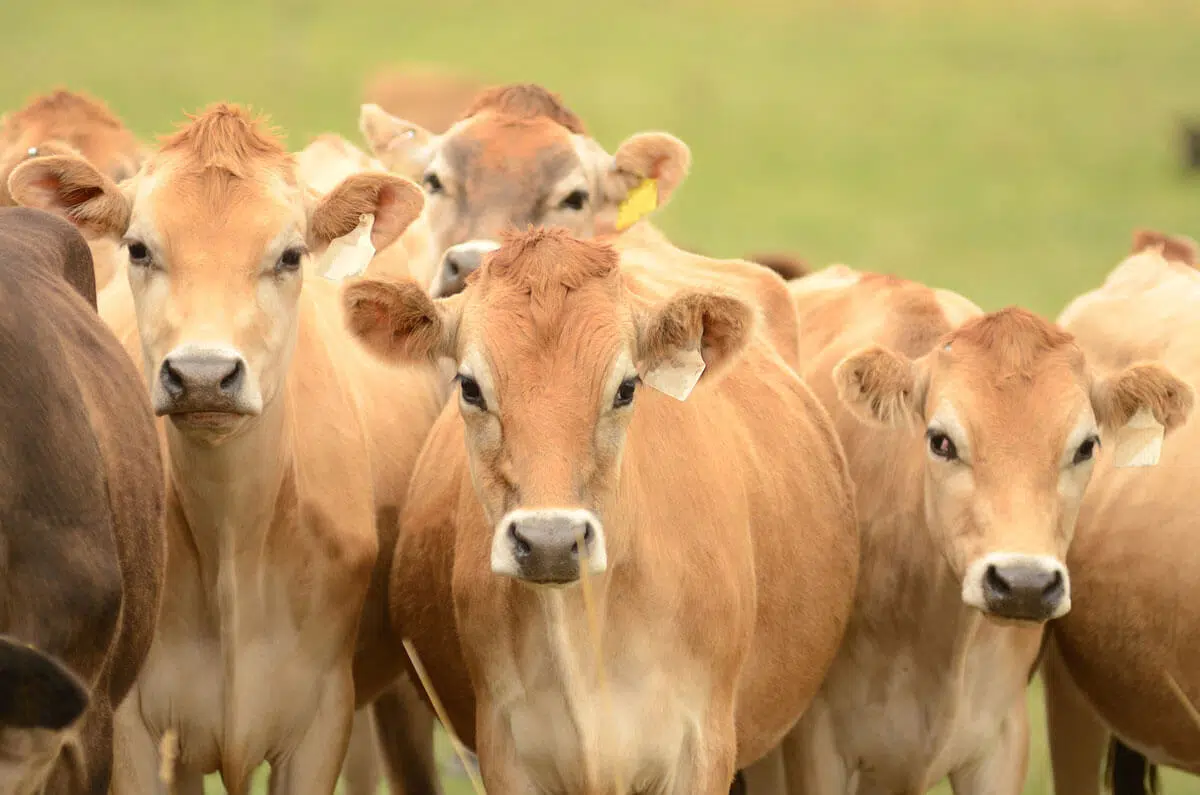The Dakar rally is a gruelling annual rally raid, and this year was held in South America, across 5 537 km of Peruvian desert and countryside. Over the ten stages of the competition the competitors had to average over 500 km a day. For most bike riders, there were eight nights when they could rest and recover while their team worked on their vehicles. Anastasiya Nifontova made history by becoming the first woman to finish this epic race completely unassisted! She survived the ten stages without a moment’s rest and no support! This is the most astounding part of her achievement, because without rest even simple tasks become extremely difficult. Our dry cows are no different. Expecting them to go from lactation to lactation without proper, active rest and preparation is unrealistic.
The Dakar rally is a gruelling annual rally raid, and this year was held in South America, across 5 537 km of Peruvian desert and countryside.”
NUTRITION
Everybody understands that to race the Dakar rally one needs some very specific nutrition. Similarly, a dry cow’s nutrition is critical to her success. She needs to enter the dry period at the correct body condition score of 3,5 and maintain that until calving – she cannot lose or gain any weight in this period. To achieve this, it is important to be aware that her dry matter intake (DMI) drops to around only 2% of her body weight (roughly 10 kg for a 500 kg cow). This is around half of her DMI when she is milking, yet she still needs to maintain herself throughout the last stages of her pregnancy. A dense and correctly formulated ration in the close-up dry period is vital.
RECOVERY
Proper rest on the rally trail allows one to be physically and mentally equipped to face the challenges of the race. This is why many riders live in luxury at the stage villages and why a solo achievement, with minimal rest, is so impressive. Part of the resting process is supplementation and it is the same for dry cows. It is important to supplement the diet with minerals throughout the dry period to replenish any reserves that may have been used up during lactation. Different aspects of a dry cow’s recovery require different minerals. Zinc, selenium, and chromium are three critical minerals that have been proven to be useful for supporting a strong immune system, which leads to improved disease resistance. Disease threat and immune suppression peak at calving and a high mineral status will help the cow to face these challenges head-on. Copper and manganese are also needed to support fertility and foetal development. Balancing minerals in a dense closeup dry ration is essential during this sensitive time.
AN OPTIMAL START
By combining active rest and the correct mineral nutrition for the cow, we aim to achieve optimum health and a strong start to her lactation. This strategy can also have a positive effect on the calf. Optimum protein nutrition in dry cow diets helps produce good quality colostrum and work done on beef animals by Marques et al. (2016) demonstrated that improved mineral nutrition in the third trimester greatly benefited the immunity and weaning weight of the resulting calves. The dry period is often perceived as a cost-saving period for the farmer, but this misconception has a negative effect on the cow and therefore on the farm’s productivity and efficiency. In fact, this should be a period of active rest for the cows and a period that allows the cows to excel in the next stage of the race.
Read articleCleopas Lephallo is a ruminant technical adviser at Chemuniqué










